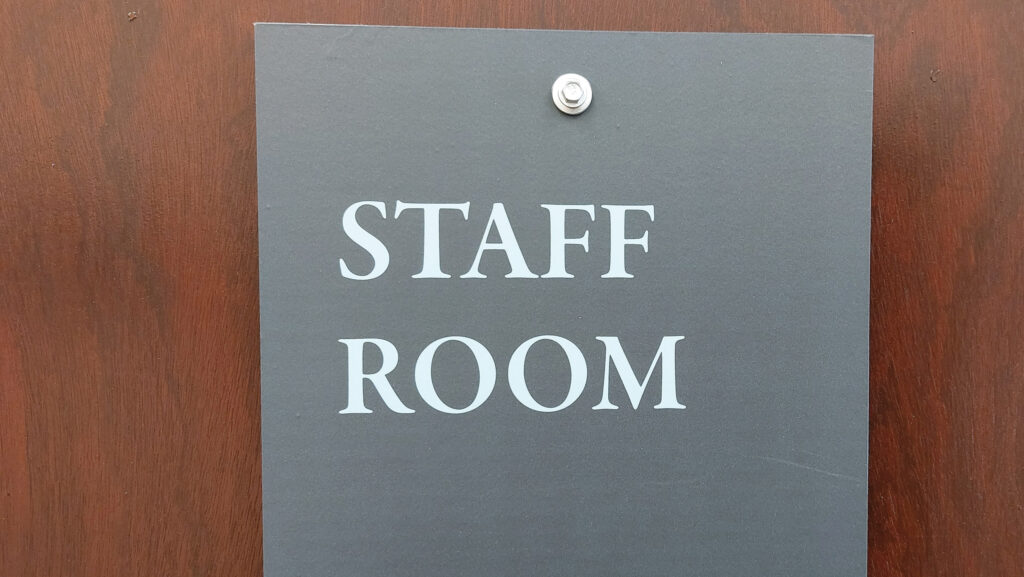Why a staffroom is vital for a productive livestock team
 © Shirley Macmillan
© Shirley Macmillan Setting aside a designated area for employees to relax can reap benefits in productivity and team building – as well as improve farm safety.
Some rest and recuperation during the working day is stipulated in employment law – a break of at least 20 minutes for anyone working more than six hours a day.
Yet for many staff on livestock farms, there is nowhere suitable to sit, have a coffee, or eat lunch.
See also: Farm managers’ award-winning ways with staff
Providing a warm, clean and dry room encourages people to take their breaks, says recruitment specialist Paul Harris of Real Success.
The result is a more productive workforce – and a reduced risk of fatigue-related accidents and injuries.
“The moment you have staff, they need somewhere to sit. Even if you have only one or two workers, they need a designated space and can’t be expected to sit in their cars,” he says.
The farmhouse kitchen, however, is not appropriate for staff. Paul says this space should be reserved for breaks by the farming family to separate work from home life.
Employees need somewhere to meet independently of the boss because a staffroom also allows people to chat and raise concerns about their work, he adds.
Communication and mutual support among the team enhance morale and job satisfaction.
“It leads to higher employee engagement and loyalty. A staffroom isn’t just about providing a physical space: it’s about nurturing a positive work culture built on respect and solidarity,” he explains.
Site and construction
Although anything from a Portakabin to a shipping container (not just a converted farm building) can be used as a staffroom, its location on farm is important.
Ideally, it is best sited close to toilet facilities (with hot and cold handwashing as required by law) and “a few steps away from the centre of activity”, says Paul.
This means close enough to work, while avoiding noise (such as the parlour engine room), livestock smells and flies (for hygiene).
An electrical supply, good lighting and some form of heating are essential.
Furthermore, a staffroom should be kitted out properly – not full of old farmhouse furniture intended for the tip.
“It needs a good table and chairs where people can sit and eat lunch, as well as some comfy chairs”.
Kitchen facilities should include a clean and working fridge, microwave, cutlery and cups, he says, adding that the room can also include a clocking-in machine, first aid kit, noticeboards and training information.
Clean and tidy
Supplying an extra room where dirty, wet clothes and wellies can be removed will help keep the staffroom clean and dry, as will excluding farm cats and dogs.
Flooring also needs to be practical: something that can easily be brushed or mopped rather than a piece of old carpet.
To avoid a new staffroom gradually descending into a dirty dumping ground, Paul suggests establishing a rota for cleaning and tidying.
Supplying the necessary cleaning materials will make this easier to implement.
“You want staff to take pride in it, but they won’t if the furniture is dirty and the crockery broken to start with,” he says.
“If you wouldn’t expect your children or family to use the room, why should your staff?”
For harmony, he thinks the staffroom must be a non-smoking area (there is no law allowing smoking breaks).
Similarly, while it can double up as a workforce training venue, a farm needs a separate meeting room and office.
Employees should not be turned out of their break room when the owner decides to host visitors or a farm business meeting.
